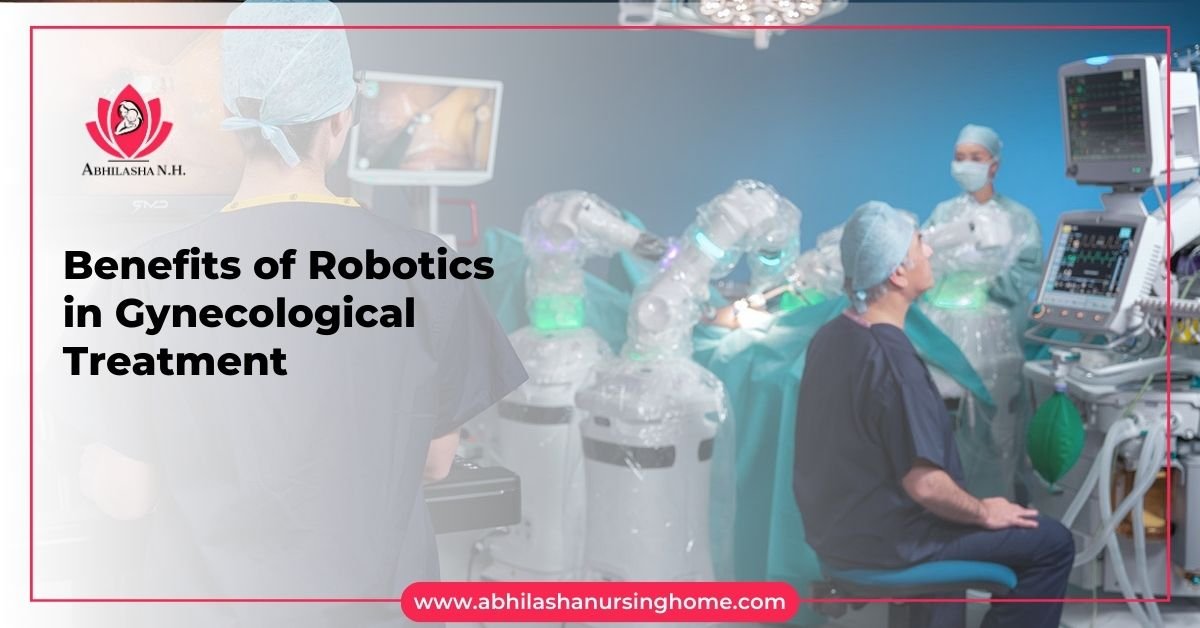Integrating robotics in gynaecological treatment has revolutionized the field, offering numerous benefits for patients and surgeons. Here, we explore robotic technology’s various roles and advantages in gynaecological procedures.
Roles of Robotics Technology in Gynecological Procedures
Robotic systems, such as the da Vinci Surgical System, are employed in various gynaecological procedures, including hysterectomies, myomectomies, and pelvic organ prolapse repairs. These systems enhance the surgeon’s ability to perform complex operations with greater precision and control.
Minimally Invasive Procedures
Robotic-assisted surgeries are minimally invasive, meaning they require smaller incisions compared to traditional open surgeries. This leads to:
- Reduced scarring
- Shorter hospital stays
- Faster recovery times
- Lower risk of infections
Enhanced Precision
Robotic systems provide enhanced precision through advanced instruments, which mimic the surgeon’s hand movements with extreme accuracy. This is crucial for delicate procedures requiring meticulous tissue and organ handling.
Improved Visualization
The 3D high-definition cameras used in robotic systems offer superior visualization of the surgical area. This improved view allows surgeons to see intricate details, leading to more accurate and effective surgical outcomes.
Reduced Blood Loss and Pain
Minimally invasive robotic surgeries result in less blood loss compared to traditional surgeries. Patients also experience less postoperative pain, which reduces the need for pain medication and speeds up recovery.
Greater Dexterity
Robotic instruments have a more excellent range of motion than the human hand, allowing for more precise movements. This skill enables surgeons to perform complex, challenging or impossible procedures with conventional laparoscopic tools.
Versatility
Robotic systems can be used in various gynaecological surgeries, from standard procedures like hysterectomies to more complex surgeries like cancer resections. This versatility makes robotic technology a valuable tool in the operating room.
Remote Surgery
Robotic systems can facilitate remote surgeries, where the surgeon operates the robotic instruments from a different location. This capability is particularly beneficial in providing access to specialized surgical care in remote or underserved areas.
Need for Special Training and Education
While robotic surgery offers numerous benefits, it requires specialized training and education for surgeons. Proficiency in robotic-assisted procedures is essential to maximize the technology’s potential and ensure patient safety. Surgeons must undergo rigorous training programs to develop the necessary skills and expertise.
Robotic technology in gynecology represents a significant advancement in medical science. It offers improved outcomes for patients and enhances the capabilities of surgeons. As technology continues to evolve, the role of robotics in gynaecological treatment is expected to expand, providing even more significant benefits in the future.

